In this work Prudence Heward (1896–1947) depicts women in a public place unaccompanied by men, reflecting the growing independence of women in the 1920s. Here we see two young female subjects seated together, waiting for a performance to begin. Heward’s depiction of two young women in a public space recalls In the Loge, 1879, an earlier painting by American artist Mary Cassatt (1844–1926), which Heward would have known about. The theatre has been discussed as a space in which men and women go to see and be seen; in a 1998 article, historian Tony Bennett has described this dynamic as the “exhibitionary complex.” In Heward’s At the Theatre, the female subjects are actively looking, but they are also objects of the viewer’s gaze with the exposure of their bare necks, backs, and arms.
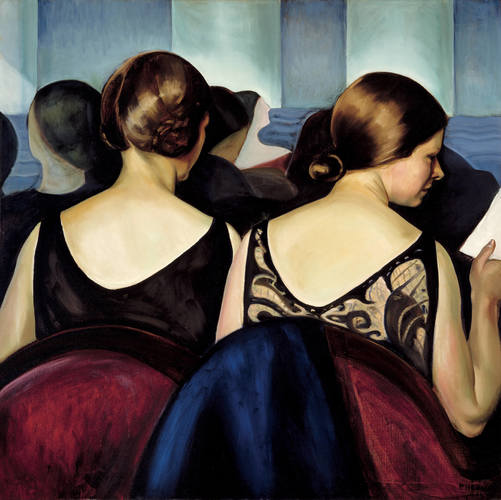
Oil on canvas, 101.6 x 101.6 cm, Montreal Museum of Fine Arts
In a 1930 “Regina Leader” article on Heward, At the Theatre is described as a work showing the artist’s “decided advance over her prize-winning canvas of last year,” referring to Heward’s Girl on a Hill, 1928. According to art historian Barbara Meadowcroft, the models for At the Theatre were Marion and Elizabeth Robertson, the sisters of Beaver Hall Group artist Sarah Robertson. Although Heward was not officially a member of the group, she was friends with several of the members, and she sometimes exhibited with them.
This Spotlight is excerpted from Prudence Heward: Life & Work by Julia Skelly.
 Stitching the Archives
Stitching the Archives
 A Working-Class Hero
A Working-Class Hero
 Imagining Entangled Futures
Imagining Entangled Futures
 Bridging Far and Near
Bridging Far and Near
 Soft Power
Soft Power
 Imagining Emancipation
Imagining Emancipation
 A Priceless Portrait
A Priceless Portrait
 Meditation in Monochrome
Meditation in Monochrome
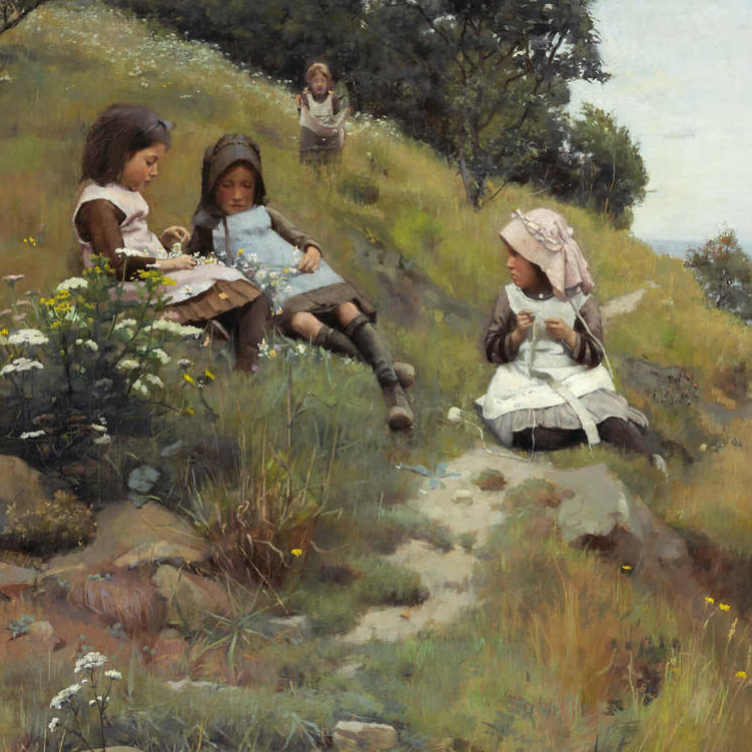 Making His Mark
Making His Mark
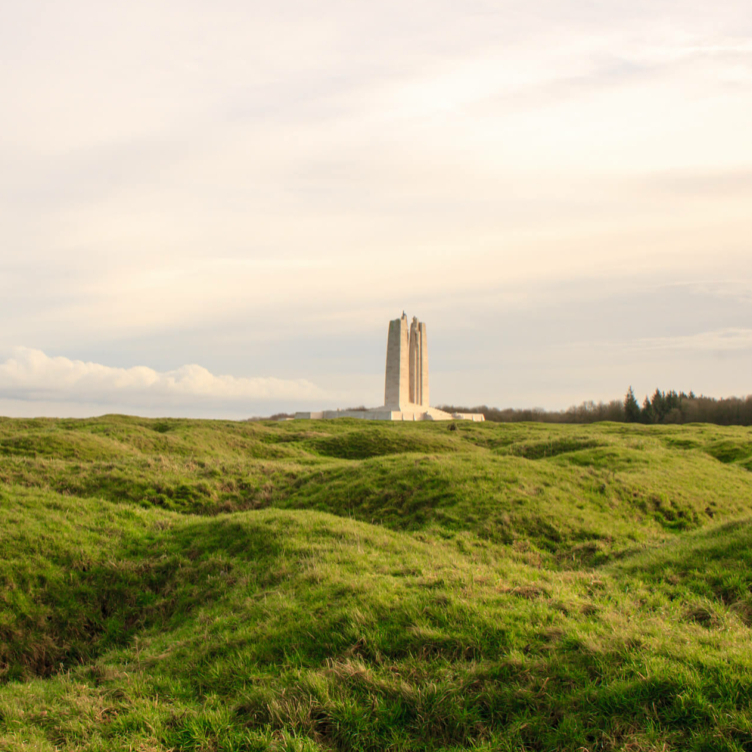 Honour and Sacrifice
Honour and Sacrifice
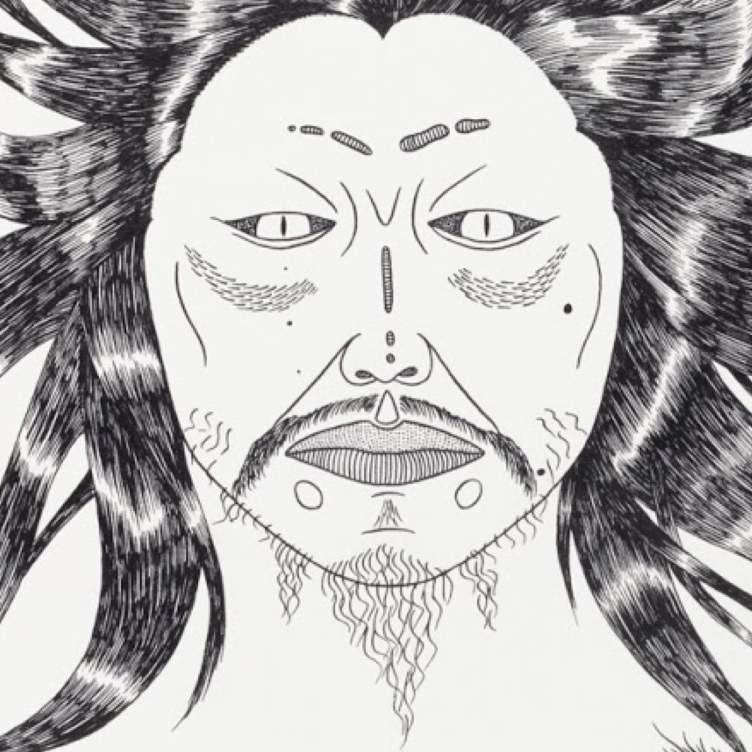 A Monstrous Vision
A Monstrous Vision
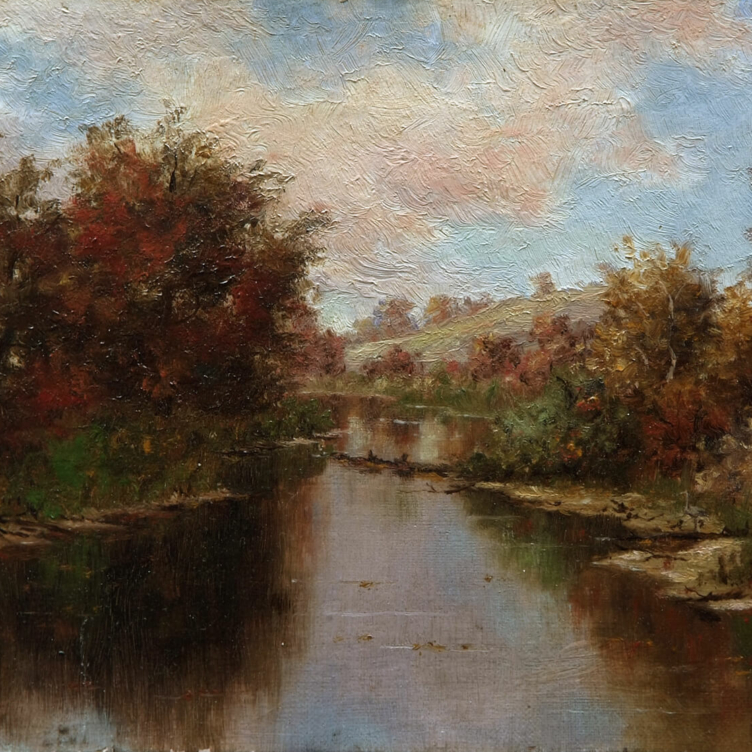 Remote Beauty
Remote Beauty
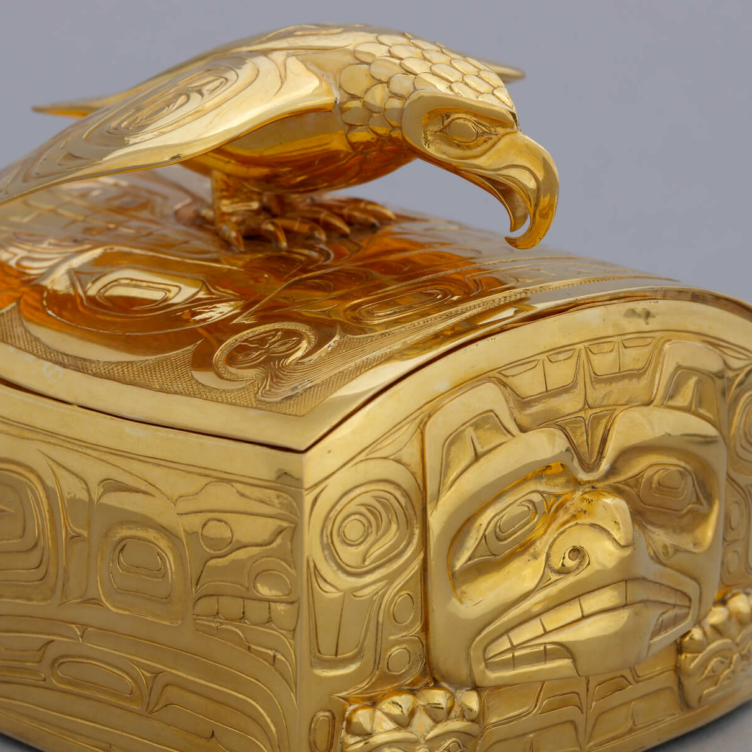 Pride and Resistance
Pride and Resistance
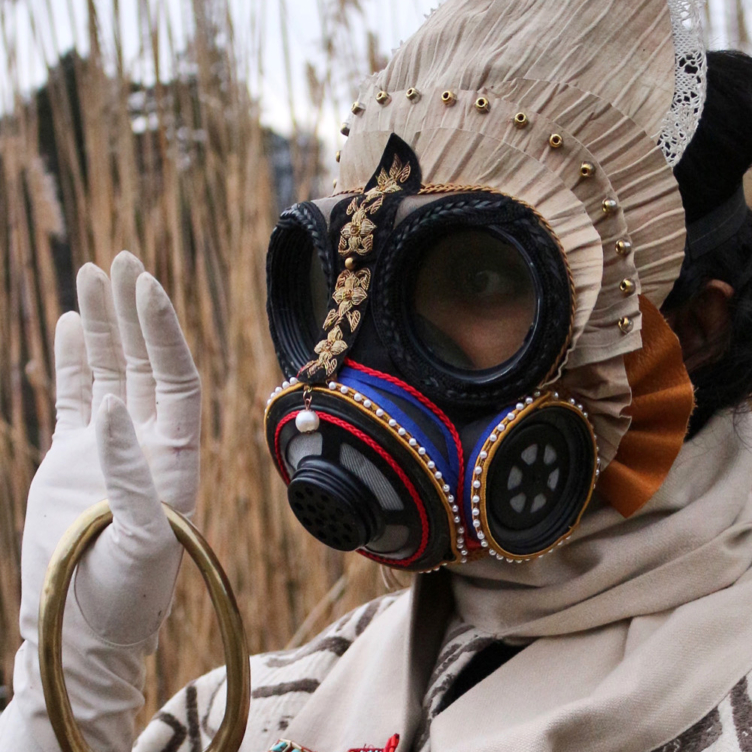 Dressed for Danger
Dressed for Danger
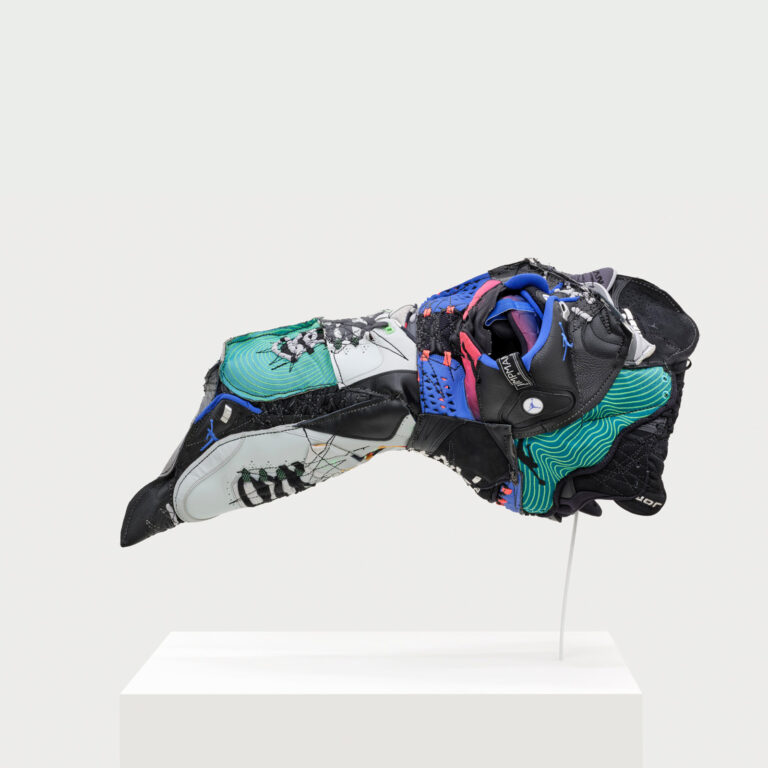 Masks from the Past
Masks from the Past
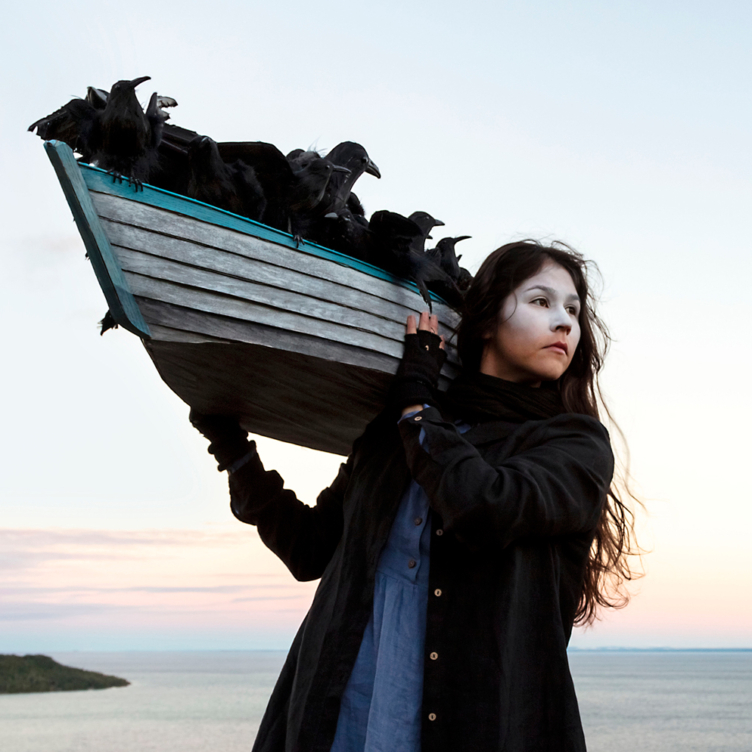 Lessons from the Land
Lessons from the Land
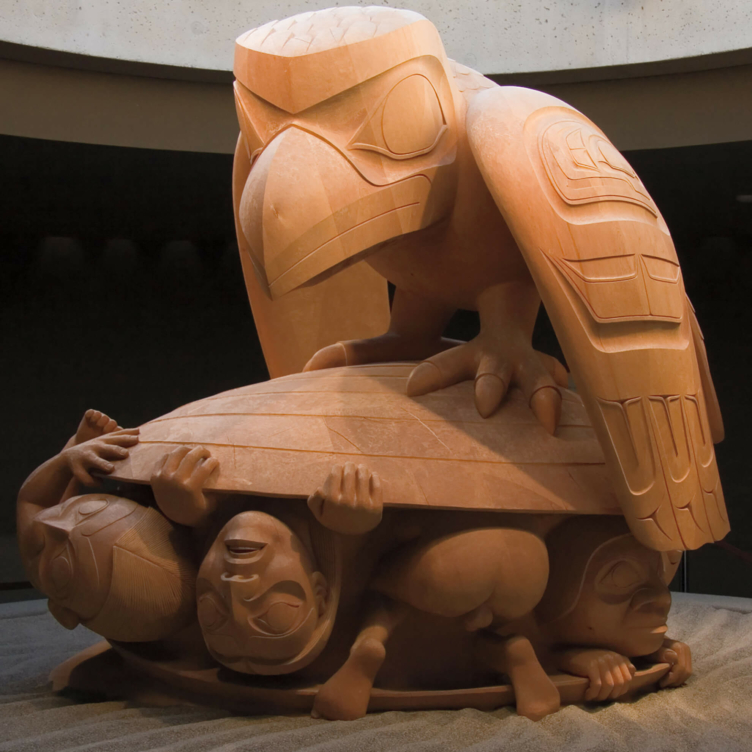 A Cultural Hero
A Cultural Hero
 Food for Thought
Food for Thought
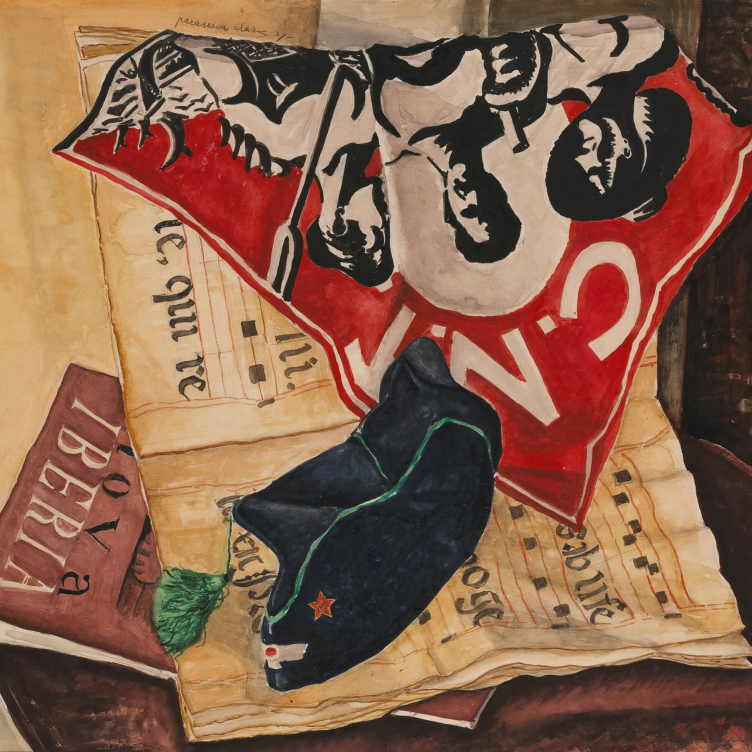 A Passion for Activism
A Passion for Activism
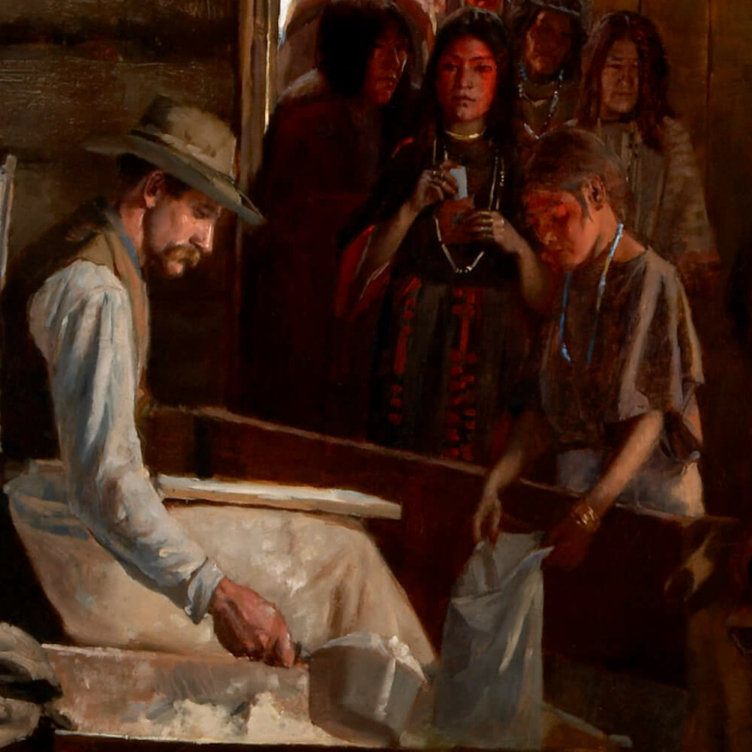 Starvation and Scandal
Starvation and Scandal